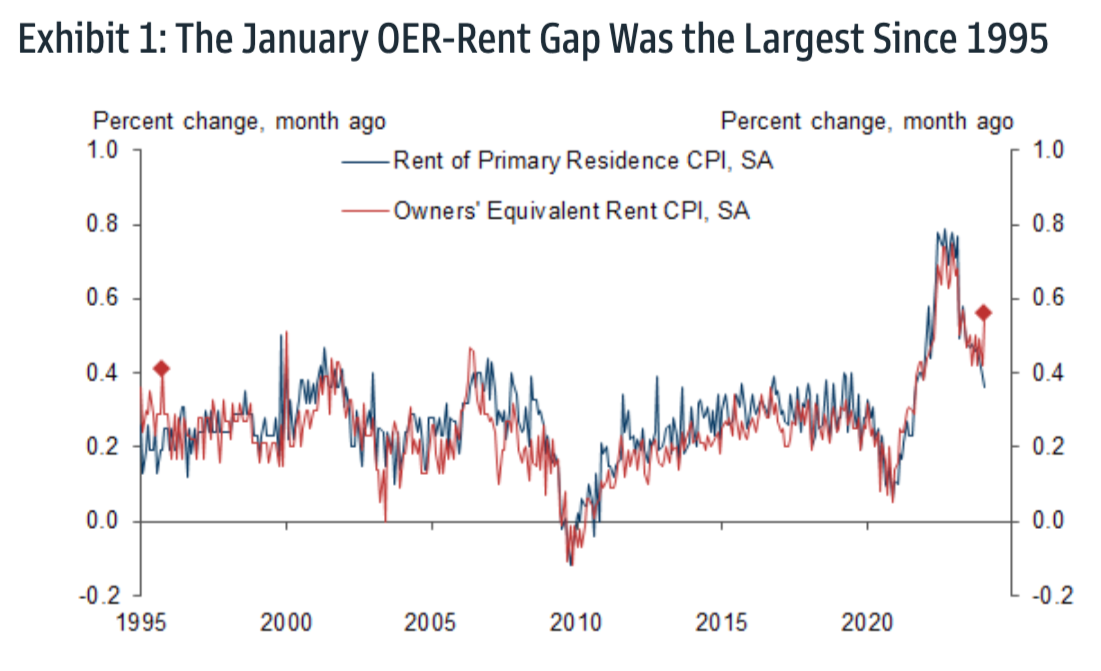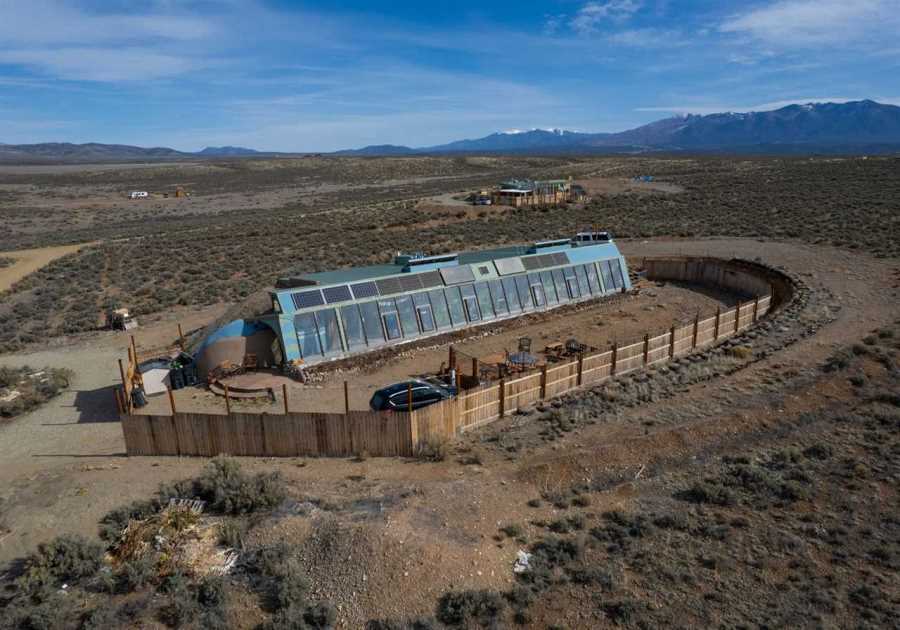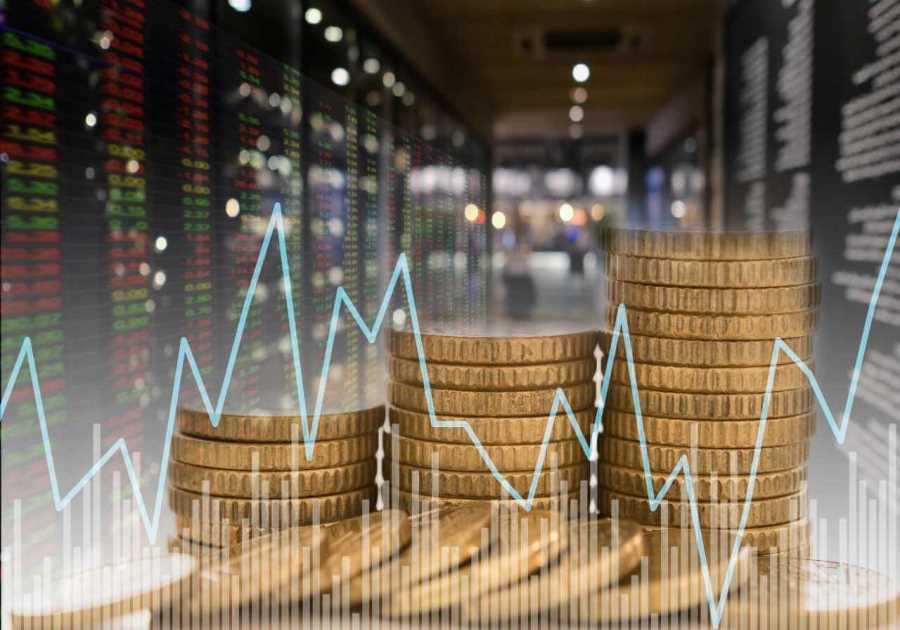Jacquelyn Martin/AP
- Wall Street has pushed back its expectations for Fed rate cuts over recent weeks.
- Larry Summers recently addressed the possibility that the next move could be a hike, assigning it a 15% probability.
- While higher-for-longer remains likely, there's now a small chance policy will get tighter before loosening.
At the end of 2023, stocks soared and economists celebrated soft-landing calls as chatter of imminent interest-rate cuts hit a crescendo. Wall Street forecasters said the Federal Reserve could ease policy as much as six times, even though central bankers themselves forecasted no more than three.
In any case, the "immaculate disinflation" narrative seemed to be on track.
Then, as 2024 kicked off, a handful of economic reports tempered that optimism:
- January CPI climbed 3.1% year-over-year, above the expected 2.9%
- January PPI climbed 0.3%, above the expected 0.1%
- Nonfarm payrolls rose 353,000 in January, above the expected 187,000
- US GDP grew at 3.3% in the fourth quarter, above estimates for 2.0%
Added to a housing market that's shown little sign of cooling, the case for the Fed to keep rates higher for longer suddenly looked stronger. Former Treasury Secretary Larry Summers pushed that outlook further on Friday when he said there's a "meaningful" chance the Fed's next move is up, not down. He assigned a 15% probability to that outcome.
"It's always a mistake to over-interpret one month's number," Summers said in an interview with Bloomberg. "And that's especially true in January, where calculating seasonality is difficult. But I think we have to recognize the possibility of a mini-paradigm shift."
Markets, too, have started to reflect this shift. Traders have effectively removed all bets for a March cut, and swaps data cited by Bloomberg shows expectations for moves in May and June are also paring.
CME's FedWatch Tool shows the odds of a quarter-point cut in March hover at 6.5%, down from almost 50% a month ago. And in May, markets forecast a 64% chance for no adjustment, up from 15% a month ago.
Experts maintain that any hikes this year are unlikely, but say it's notable how they have creeped back into the policy conversation once again.
"You can't say zero probability for something to break in the event of another rate hike," Jason Draho, head of asset allocation in the Americas for UBS Global Wealth Management, told Business Insider. "And if you do it, you probably don't raise just once. You probably do it a couple times, then you'd get a recession. It's far too presumptuous to think about that now ... but the last mile could be hard."
Stickier than expected inflation
Prices often fluctuate to start a year in what's known as the "January effect," which may in part explain the recent inflation surprise.
One component of inflation that seems particularly sticky is owners' equivalent rent (OER), a measure of homeowners' estimates for what their residence would be worth as a rental unit. That gauge is the largest component of CPI, and it outperformed the primary rent measure by the most since 1995.

Goldman Sachs
"A persistent OER-rent gap of the size seen in January could potentially determine whether core PCE returns to target later this year or remains in a 2.3-2.5% range on both an annualized and year-on-year basis," Goldman Sachs analysts wrote in a note last week.
They expect the jump in OER to remain temporary, though they acknowledged that a housing market rebound could keep prices elevated — and ultimately put more pressure on the Fed, which is staring down a potential recession on one hand and a rebound in inflation on the other.
"That last mile [of inflation] will be harder to obtain," Anthony Saglimbene, Ameriprise Financial's chief market strategist, told Business Insider. "And there are cracks developing. The longer that rates stay higher, the more accumulated pain you induce in the economy, the harder it is to refinance existing debts, the harder it is for small businesses."
Paul Mielczarski, Brandywine Global's head of global macro strategy, told Business Insider that a rate hike could be justified in a scenario that brings more inflation surprises as well as economic growth hovering near 3%, a surge in wage growth, and climbing commodity prices.
"To completely price out rate cuts, you'd have to assume the January inflation data is a new trend, as opposed to a setback in the disinflation trend we've seen the last six months," Mielczarski said.
Higher-for-longer isn't going away soon
Markets seem to have come to terms with a higher-for-longer environment, which the Fed has attempted to establish over its last several FOMC meetings. The summary of economic projections in December suggested policymakers would enact three rate cuts in 2024, but markets overshot by roughly doubling that estimate.
Only in recent weeks have the Fed and markets landed on the same page.
"Summers' comments reflected what the Fed has been communicating for many months that it may have to be more restrictive," Ameriprise's Saglimbene said. "The Fed's not committed to cutting, nor have they ruled out raising."
Andrew Hunter, deputy chief US economist for Capital Economics said while he couldn't dismiss a rate hike entirely, he does expect the Fed to ease policy this year, even if it's later than expected.
"The Fed's erring on the side of hawkishness," Hunter told Business Insider. "Their concern is winning the battle on inflation, and they won't want high inflation to become ingrained in expectations."
Read More
By: [email protected] (Phil Rosen)
Title: Fed rate hikes are creeping back into the conversation
Sourced From: www.businessinsider.com/economic-outlook-fed-interest-rate-hikes-cuts-larry-summers-recession-2024-2
Published Date: Wed, 21 Feb 2024 17:18:33 +0000
.png)





